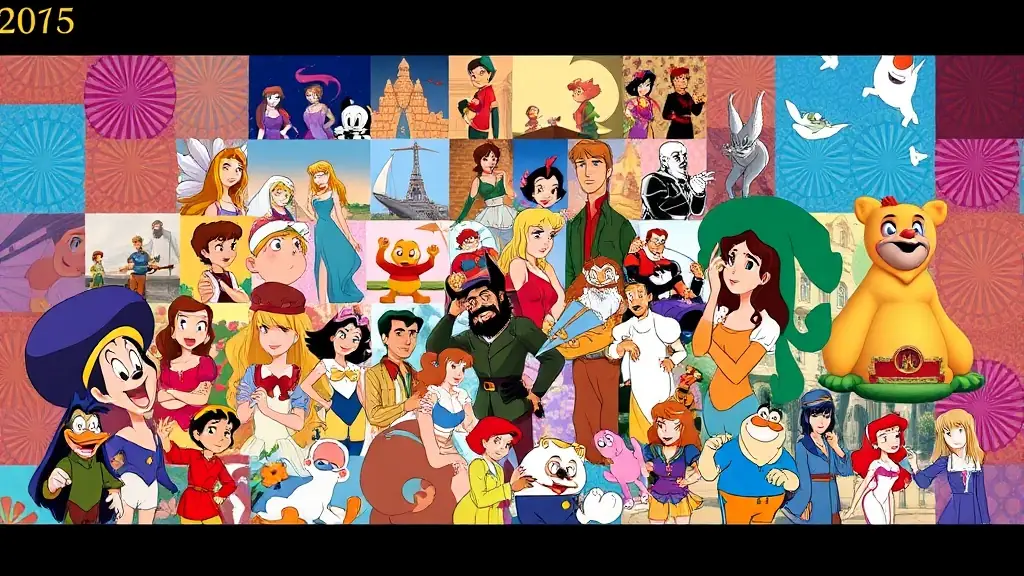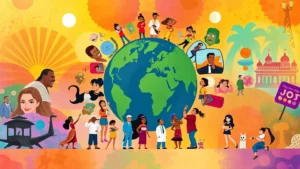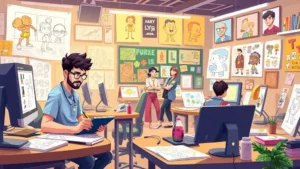Animation has come a long way since its inception, evolving from simple hand-drawn sketches to complex digital creations. Early animations like ‘Steamboat Willie’ set the stage for a new form of storytelling that captivated audiences worldwide. As technology advanced, so did the techniques used in animation, allowing for more intricate designs and fluid movements. Today, we see a blend of traditional and modern methods, creating a rich tapestry of animated content that appeals to all ages.
The rise of computer-generated imagery (CGI) has revolutionized the animation industry, enabling creators to push the boundaries of imagination. Films like ‘Toy Story’ and ‘Frozen’ showcase the incredible possibilities that CGI offers, bringing characters to life in ways that were previously unimaginable. This shift has not only changed how stories are told but has also influenced the types of stories being told, with a greater emphasis on diverse narratives and representation. As we look to the future, the potential for animation continues to expand, promising even more innovative storytelling.
Moreover, the cultural impact of animation cannot be overstated. Animated series and films have become a significant part of popular culture, influencing fashion, language, and even social movements. From beloved characters like Mickey Mouse to modern icons like Elsa, these figures resonate with audiences and often reflect societal values and issues. As we celebrate the artistry of animation, it’s essential to recognize its role in shaping our collective consciousness and the stories we share.




